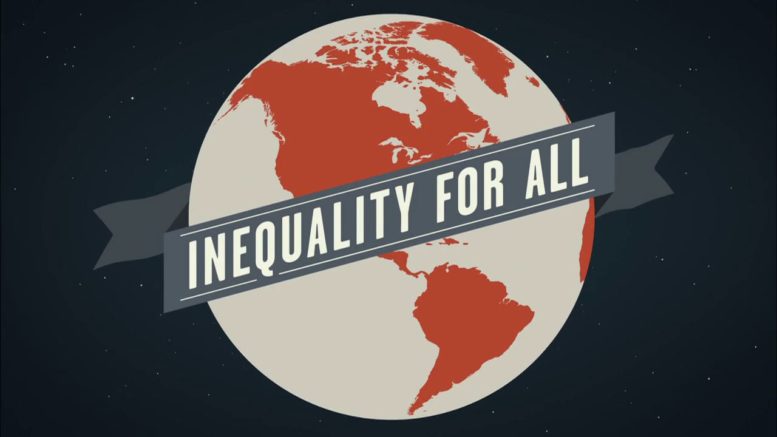I refer to the article “Commentary: Active government oversight has reduced Singapore’s income inequality” (Channel NewsAsia, Jun 12).
It states that “Economic data tells us that Singapore’s income inequality has been on the decrease since 2007 and stands at its lowest today since official data first became available in 2000.
Singapore’s gini at 0.444 in 2000 is lower than the gini of 0.458 in 2016.
So, the gini before government taxes and transfers is actually worse now, compared to 2000.
With regard to “Since then (2007), Singapore’s Gini coefficient after government taxes and transfers has gradually tapered down to 0.380 in 2016” – let’s have a closer look at the government transfers:
… Workfare Income Supplement – (if you are self-employed age 35-44 – maximum WIS is $933 for 2016 (90% to CPF Medisave, 10% cash))
(if you are employed age 35-44 – maximum WIS is $1,400 for 2016 (60% to CPF, 40% cash))
… rebates on utilities (your electricity and water prices have just been increased!)
… rebates for service and conservancy charges (S & CC) (increase also just announced on 17 February 2017 by as much as 20%!)
… top-ups to Medisave accounts (not disposable cash that you can use, but only in the future for ever increasing healthcare fees)
… Pioneer Generation Package (not disposable cash that you can use, but only discounts on healthcare fees, etc)
… healthcare related subsidies like Chas scheme (not cash, but helps you to pay less)
… health screening subsidies (not cash, but helps you to pay less)
… MediShield Life premium subsidies (not cash, but helps you to pay less on a declining scale for four years for increased premiums)
… MediFund (not cash, but helps you to pay 50 to 100% if you cannot pay your hospitalisation bills, subject to means testing)
… training subsidies (not disposable cash)
… school education subsidies (not cash, but helps you to pay less)
… public rental subsidies (not disposable cash, but helps you to pay less)
… CPF Life bonus and voluntary deferment bonus (not cash, goes to your CPF)
… income tax rebates (not cash, helps you to pay less tax)
… property tax rebates (not cash, helps you to pay less tax)
Mostly not cash disposable income?
Arguably, how much do most of these government transfers really help, when most of them are not cash disposable income, but helps you to pay less of what may be comparatively “overpriced” services compared to other countries (Singapore is the most expensive city in the world (The Economist)), or money that you can only use in the future to pay for ever increasing prices?
May hardly get anything?
To illustrate with another example – if you are a healthy non-elderly (below age 35) low-income family with no children and work long hours – you may not get any income tax rebates, property tax rebates, CPF Life Bonus, education subsidies, training subsidies, MediFund, health screening subsidies, healthcare related subsidies, Pioneer generation package, Medisave top-ups, Workfare Income Supplement, etc!
Leong Sze Hian
